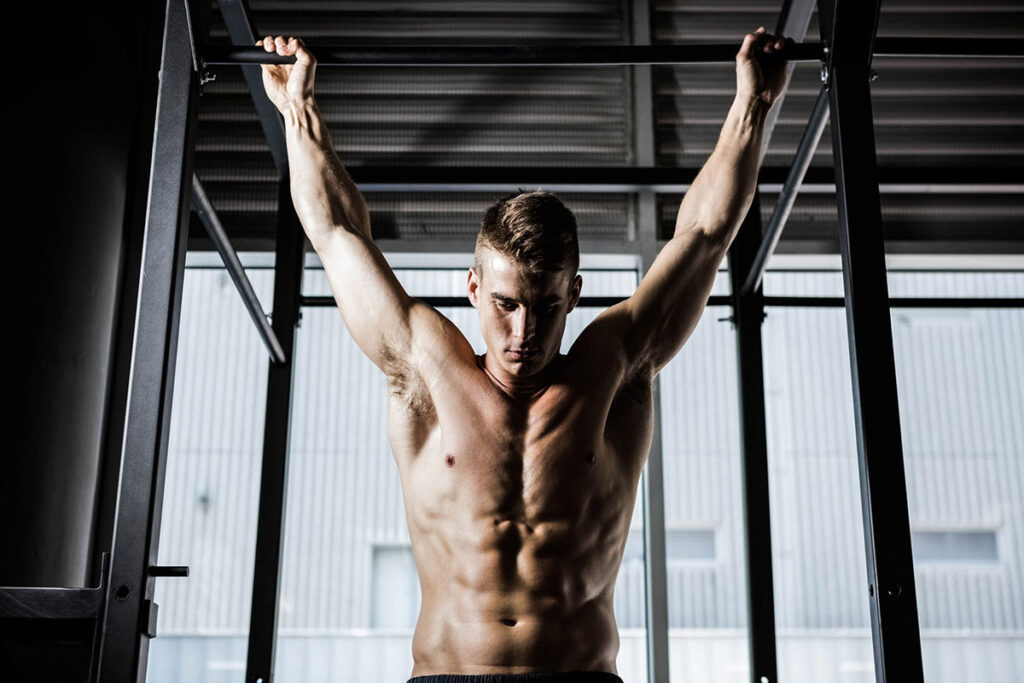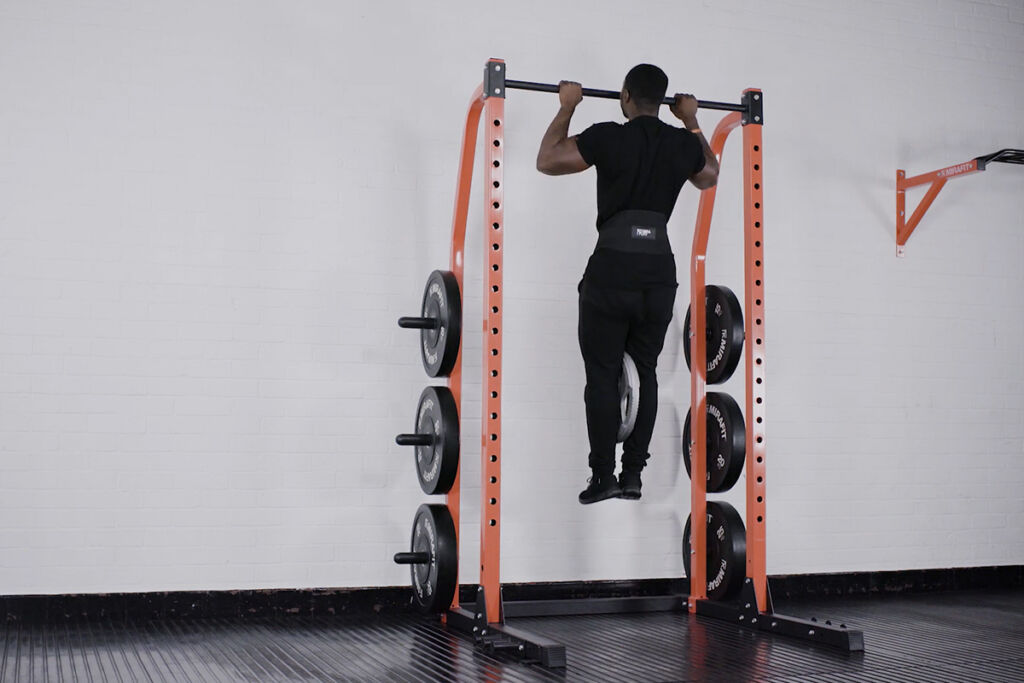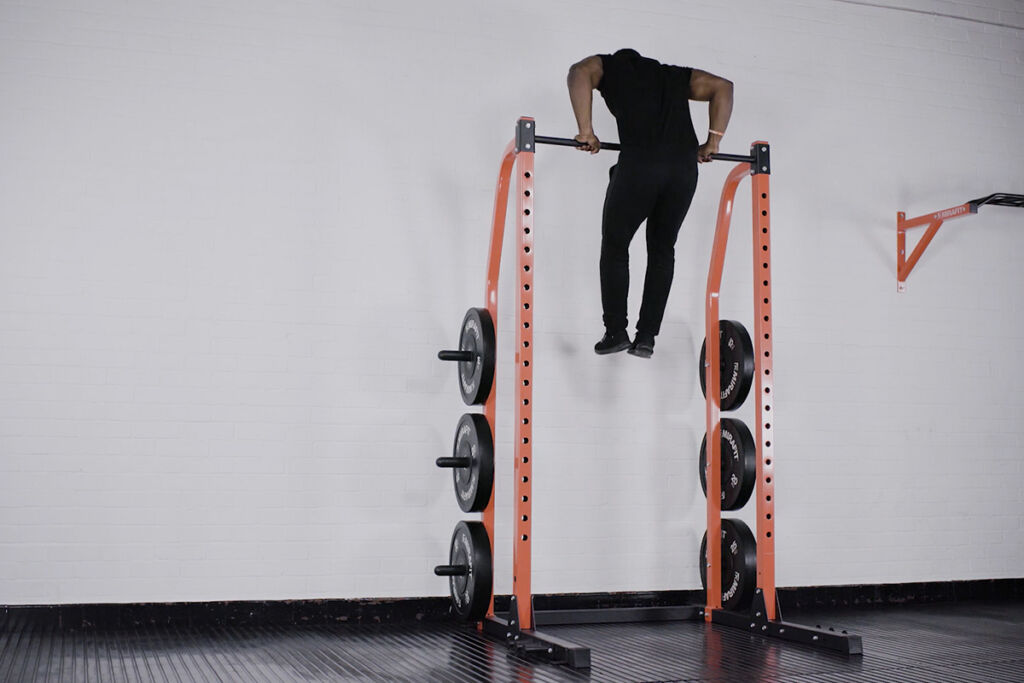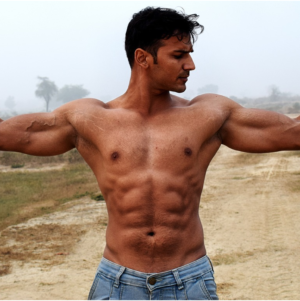The fitness realm constantly presents new challenges, and among these, the muscle up vs pull up debate is a prominent one. Though both exercises aim at enhancing upper body strength, they are vastly different in their approach and outcomes. This article will guide you through these differences and help you master each exercise, irrespective of your current fitness level.
A Brief Introduction.
Before diving deep into the muscle up vs pull up battle, it’s essential to understand what these terms imply individually.
Pull Ups: The Foundation.

Pull ups are a classic exercise, engaging multiple muscle groups simultaneously. Starting from a dead hang, you pull your body up until your chin is over the bar. This exercise primarily targets your back muscles, biceps, and shoulders.
Muscle Ups: The Next Level.
A muscle up, on the other hand, is a more advanced version of a pull up. It involves lifting your body higher, transitioning from a pull to a push, and ending with your torso above the bar. This exercise requires superior strength, power, and technique, engaging your entire upper body and core.

The Journey: From Pull Ups to Muscle Ups.
The journey from mastering a pull up to nailing a muscle up is exhilarating yet demanding. Here’s a step-by-step guide to help you transition smoothly
Perfecting Your Pull Ups.
Before you venture into the world of muscle ups, you need to perfect your pull ups. It’s crucial to be comfortable in an active hang and have your shoulders, back, and biceps strong enough to lift your body weight.
Remember: Leave your ego at the door and master every element of the pull up before you try to progress. You’ll reap the benefits later on.
Boosting Your Pull Up Speed.
The next step is to enhance your pull up speed. This will help develop power and explosiveness, which are key components for muscle ups. If speed is a challenge, use a resistance band for assistance. This step focuses on training your nervous system, so aim for quick, explosive bursts rather than slow, heavy lifts.
Altering Your Pull Up Angle.
Muscle ups require a different angle than traditional pull ups. Instead of pulling straight up, you’re aiming for a ‘C’ shape movement. This implies pushing your body back, up, and over the bar. This can be achieved by incorporating swing in your pull ups.
Practicing Jumping Muscle Ups.
The transition from pull up to muscle up involves moving from pulling up to pushing up. Starting on a weight bench can offer the necessary boost. Aim to change your wrist position from below to over the bar and curve your chest over the bar, giving the end movement a hanging push up look.
Straight Bar Dips.
The top part of the muscle up involves a push up. Practicing straight bar dips can help get you familiar with raising your body above the bar and strengthening your upper body
Improving Your Muscle Ups

Progressing from the initial stages of muscle ups to performing clean, efficient muscle ups requires focus and consistency. Here are a few tips to improve your technique:
Avoid Momentum: As you get stronger, aim to minimize the use of momentum. The less you kick, the more power and strength you’re using.
Avoid ‘Chicken Wing’: If you find yourself doing your muscle up one arm at a time, you need to target your weak points. This uneven motion is often referred to as ‘chicken wing’.
Focus on Power and Speed: Keep working on your power, speed, and break down the movements so you can strengthen each link in the chain.
In conclusion, the muscle up vs pull up debate is not about which exercise is superior, but rather about the journey of fitness growth. Both exercises have their unique benefits and challenges, and mastering each one is a testament to your fitness prowess. Happy training!


